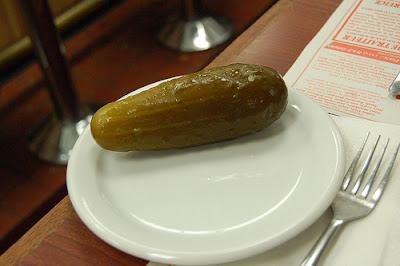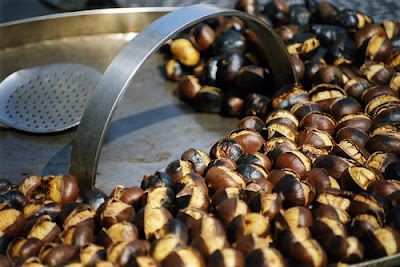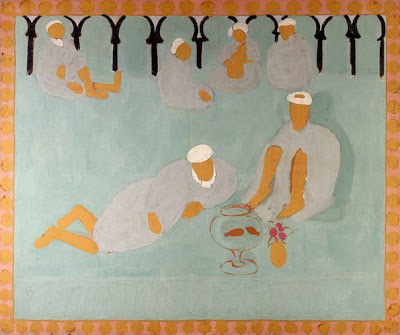 © Gerald San Jose foodite
© Gerald San Jose fooditeNew Yorkers recently celebrated the 7th Annual International Pickle Day! But pickles weren't always welcome on Lower East Side streets.
Suzanne Wasserman's (Metropolitan Studies, NYU) paper, The Good Old Days of Poverty: Merchants and the Battle Over Pushcart Peddling on the Lower East Side posted on the Business History Conference website describes that 1920s New York Lower East Side merchants, together with city officials, developers and city planners sought to bannish push carts on the basis that they were a nuisance and an embarassment.
The merchants, clothed as altruistic reformers, wanted to replace them with more "conventional prosperity".
Thomas A. Edison found the Orchard St. push cart debate so newsworthy he made at least two nickleodean actualities of the area, one called "Move On" which depicts the very cold shoulder given to street vendors in the area.
And despite Mayor LaGuardia's support of the merchant's cause, through obsessive opposition to street peddling, Ms. Wasserman points out that within twenty years, the East Side business community sought a U-turn on cart removal; having found that it was the push carts that created the character that attracted custom. In effect, they had thrown the pickles out with the push carts!
Do Toronto archives illustrate a similar exodus? Are we now experiencing a reversal?
At least one neighbourhood across the pond (St Mary Axe / St Marks Bevis) has taken steps to have their Gherkin noticed and secure for the future.










